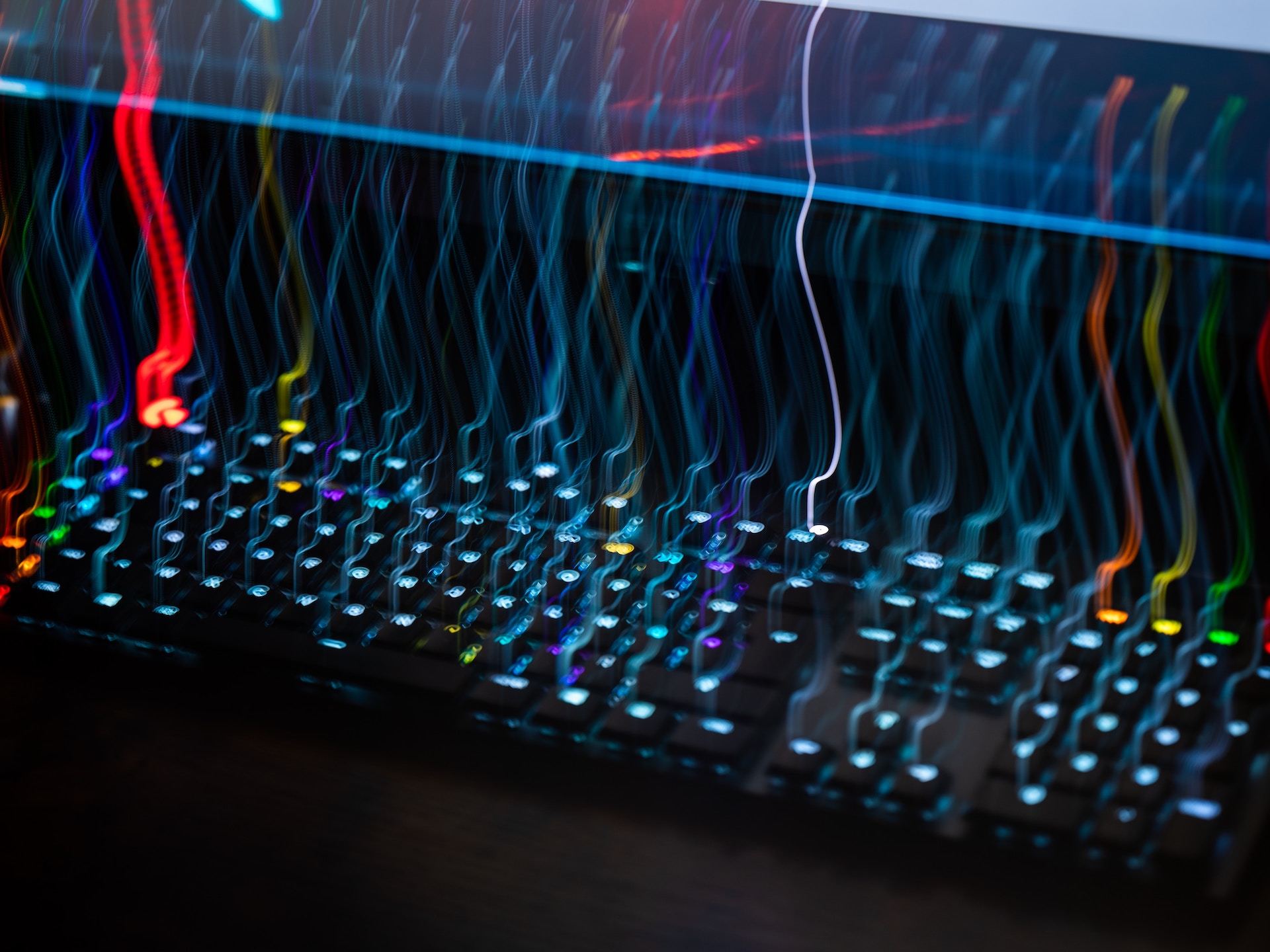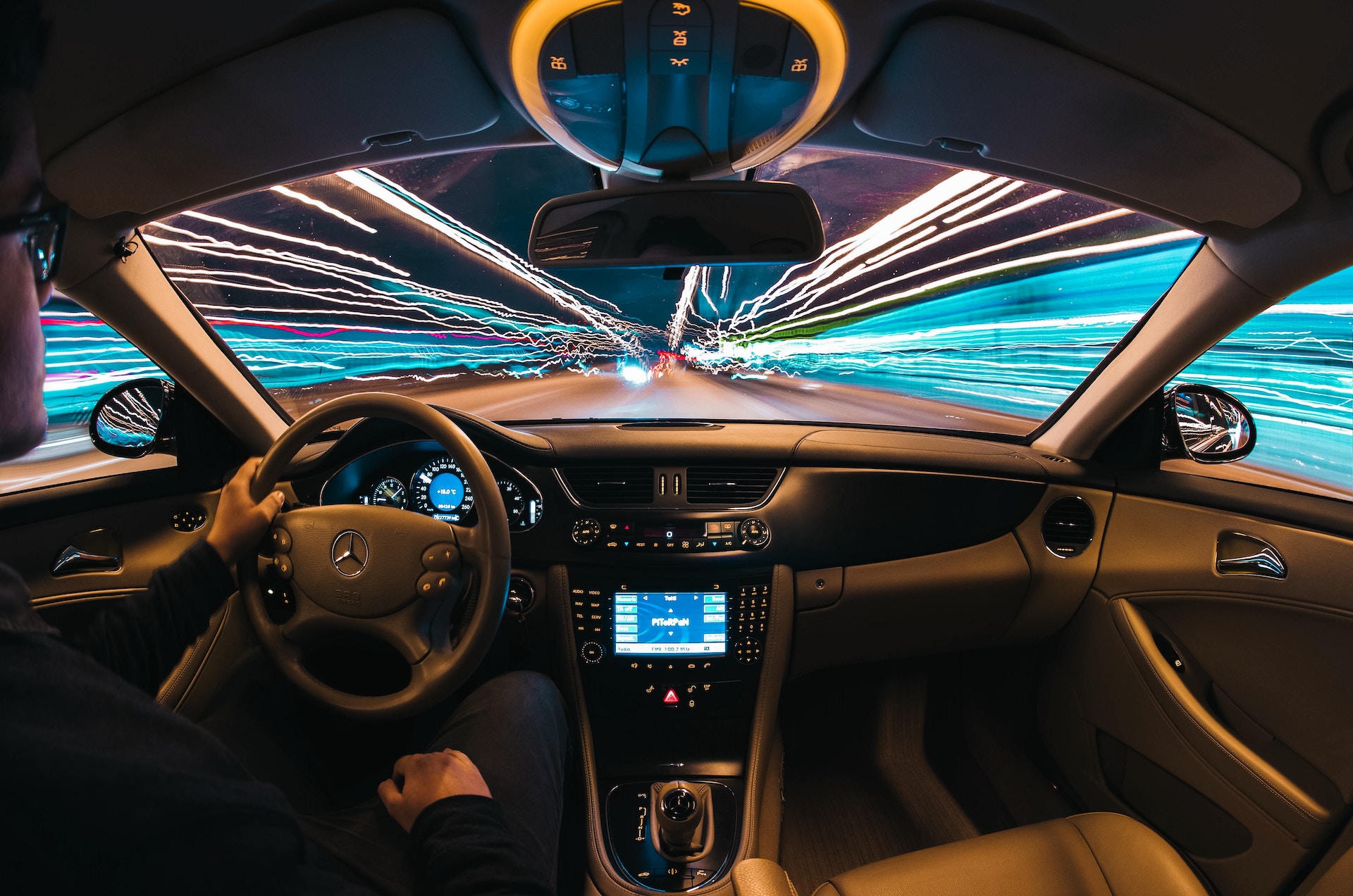In recent years, we have seen rapid technological development. As a result, we now have an advancement in the digital world known as the Internet of Things (IoT). Amazingly, the IoT is one of the most dynamic and exciting developments in information and communication technology.
Recently, research and development in IoT have increased significantly. As a result, the world is rapidly moving towards super smart devices, cities and homes. Smart cities are composed of smart houses, which are composed of smart devices. All of this is a byproduct of the IoT.
Laymen generally use the term “smart devices” to refer to IoT-enabled devices. These terms are often used interchangeably. However, there is much more to the Internet of Things than smart devices.
What is the Internet of Things – IoT?
The IoT encompasses a network of physical objects – “things” – with embedded sensors connected via the Internet. These objects can collect, transmit and receive data or information. We call these devices IoT devices or smart devices.
IoT devices range from simple household products to sophisticated industrial machines. According to a survey report published on ieeexplore.ieee.org, billions of new devices become part of the IoT infrastructure every year.
In 2011, the number of connected devices exceeded the population. This trend increased significantly as connected devices were about 9 billion in 2012. It will reach 24 billion by 2020 and 30 billion by 2025. Based on the above figures, the IoT will be one of the most important resources for Big Data in the future.
IoT-based smart cities: an overview
In our daily lives, we encounter many IoT-enabled devices in our homes, offices, hospitals, markets, shopping malls, etc. These devices have become a part of our daily lives, and we rely heavily on them for our daily tasks.
Examples of the IoT
Any “thing” or “object” connected to and controlled by the Internet can become part of the IoT ecosystem.
An IoT device is a fan that can be turned on via a smartphone app. Likewise, this ecosystem includes your smartwatches, fitness trackers, and home’s central cooling system. An IoT-enabled device can range from silly children’s toys to autonomous vehicles. The most important devices are usually made up of several small IoT components that all interact with each other.
Smart devices formed the foundation for smart cities, and now this infrastructure has expanded beyond smart devices to smart cities. These smart cities have IoT-enabled homes, hospitals, offices, and industries.
Some of the key Internet of Things examples include:
- Internet-connected home appliances
- Smart home security systems
- Autonomous agricultural equipment
- Wearable health and fitness trackers
- Smart factory equipment
- Wireless inventory trackers
- Ultra-high-speed wireless Internet
- Biometric cybersecurity scanners
- Shipping container and logistics tracking
How does the IoT work?
IoT-enabled devices fetch, transmit, and process the data they receive from their environment. Embedded sensors and processors are responsible for these functions.
Since they are Internet-enabled devices, they all have an IP address. These devices then relay the retrieved data over the Internet to a cloud storage or data center. The data is then refined, processed and analyzed. Smart devices also communicate with other devices in their environment.
Surprisingly, IoT devices do not require human interaction and intervention for their regular operation. However, people interact with them when configuring and setting up the devices.
Evolution of the IoT
The ARPANET was the first connected network – the foundation of today’s Internet. The history of IoT dates back to the invention of ARPANET.
A Coke machine at Carnegie Mellon University, connected to ARPANET in 1982, was the first IoT device. Later, in 1990, Romkey connected a toaster that could be controlled over the Internet. 1993 the University of Cambridge’s computer lab built the Trojan Room coffee pot. The above developments paved the way for today’s Internet of Things.
Before that, the term IoT was not known. The term IoT was introduced by Kevin Ashton, now director of Auto-ID Labs MIT, in 1999. In addition, the first IoT conference was held in Zurich in March 2008.
Today, in 2022, there are billions of IoT devices. These devices interact with each other, recognize our voice and respond to our voice commands. The future of the IoT ecosystem can be predicted based on the following statement.











